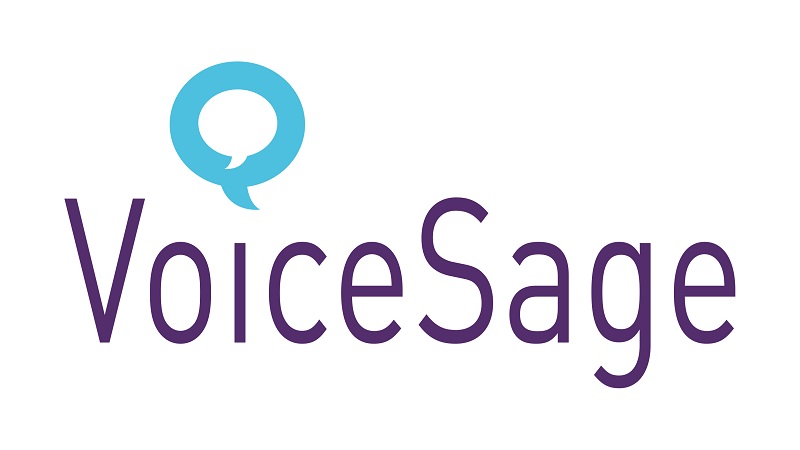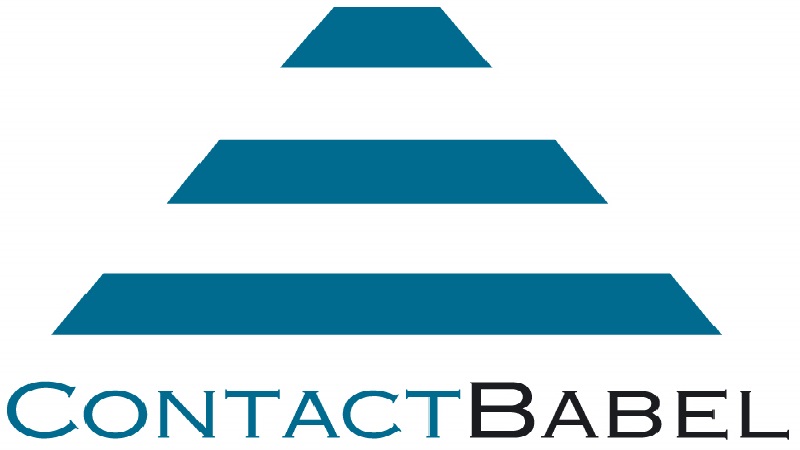Let’s talk about Omnichannel and… UNICORNS
https://contactcentresummit.co.uk/wp-content/uploads/2018/04/Manveer.jpg 960 640 Stuart O'Brien Stuart O'Brien https://secure.gravatar.com/avatar/9defd7b64b55280442ad2d7fb546a9db?s=96&d=mm&r=gSesui’s CTO Manveer Mangat discusses omnichannel strategies – and unicorns…
Yes, that’s correct… unicorns. Or better still… mermaids and centaurs. Or for that matter, omniagents. Yes, omniagents; the most mythical creature of all. That one contact centre agent with the linguistic ability to be a gifted email writer, snappy Tweeter, capable call agent and vibrant video agent – all at the same time. You’d be correct in thinking they’re not just rare; they’re fictitious. And I’m afraid we’d have to agree.
Omnichannel has been a buzzword for a few years now, but in asking agents to do it all, we’re asking for the impossible – omniagents. We’re seeking unicorns. The reality is that contact centres need to evolve into customer experience hubs where no one agent is expected to do it all. Instead, specialised agents work together sharing data and insights, often remotely, to provide a more personalised 24-7 customer experience.
Here are our top five tips to ensure you’re not relying on a mythical workforce to deliver your omnichannel strategy:
Know your customers
Pursuing omnichannel isn’t as simple as adding more channels. You need to understand the profile of your customers and their communications preference; this will change depending on the type of interaction. Too few, or digital only channels, and you risk isolating segments of your customer base. Too many channels and you create confusion, not just in the customer journey, but for your teams trying to manage the many and varied complex interactions. It pays to get the balance right.
Know your business
This isn’t about offering the longest list of ‘contact us’ options – it’s about offering channels that are a practical fit for the nature of your business. Don’t feel pressured into introducing channels that you don’t need, or that don’t make sense to your operation. For instance, in healthcare, patients aren’t going to contact you to discuss their concerns over Facebook, but webchat or a video call provide secure alternatives
Know your agents
Customer service agents are your brand representatives; their job revolves around that vital first contact resolution. But that doesn’t translate as getting the customer off the phone as quickly as possible. Understanding where your agents shine – their skills or specialism – is a great way to build those personalised, positive customer interactions. Skills-based routing means that calls are split by agent skills so you can safeguard the customer experience. That way your agents won’t find themselves managing things they haven’t been trained to, or handling queries outside their specialism.
Be flexible
The words contact centre make you think of a large, centralised building. But that doesn’t have to be the case. Our Virtual Contact Centres in the cloud not only offers greater workforce flexibility, but greater flexibility in the operational design of your business. With a distributed approach, your agents can deliver the same level of service from home or elsewhere; securely using any device they choose. By not tethering your people to a fixed location, it means you operate in a more flexible 24/7 way, accessing specialist agents outside office hours. It also increases the likelihood of finding agents willing to work nights, or split shifts as you can draw from a wider talent pool.
See the big picture
For omnichannel to work you need a holistic view of the customer experience. While the customer journey might begin on one channel, valuable insight and feedback from the customer is likely taking place on a completely different channel. Help your team to work better together using shared data and insights. Our Virtual Contact Centre provides that holistic view – all of your customer conversations in a single stream. Channel tabs show the client/customer interaction for voice, email, SMS and video. And we’re one of just a handful of cloud communications providers able to provide LIVE reporting, so you can see what’s working well (or isn’t) at any given moment.
So remember…
Forcing your team to be omniagents is tantamount to chasing unicorns. Instead match your channels with the agent – your customers will thank you. And above all else, remember, if your customers are calling, it’s probably important. Make sure that call gets through.
Sesui creates contact management software. This year is the company’s 15th birthday, and to celebrate, it is offering a free consultation to anyone who’s read this article and wants to talk. You can contact Manveer Mangat on 03445 600 600.







